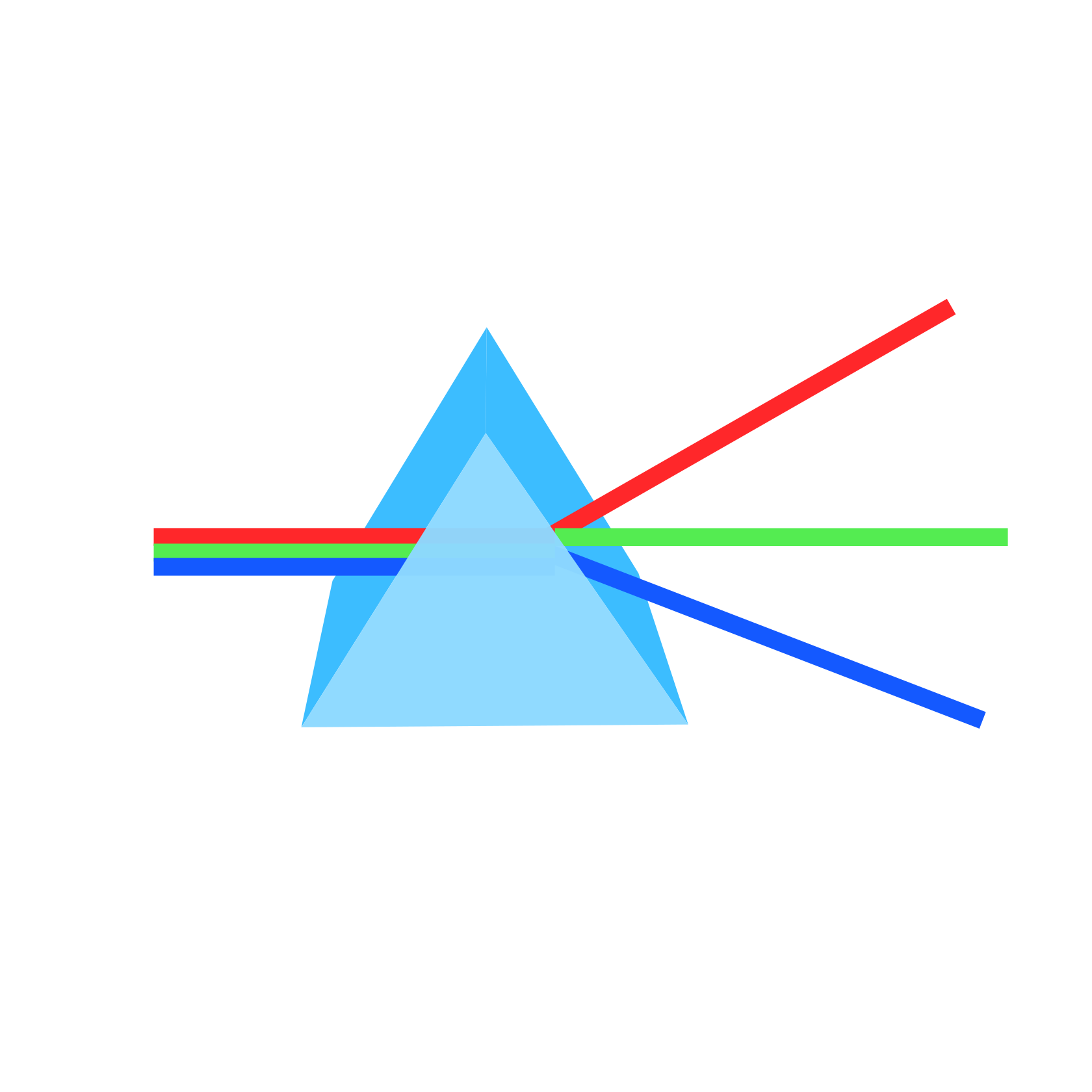1
Near-ultraviolet photon-counting dual-comb spectroscopy | Nature
www.nature.comUltraviolet spectroscopy provides unique insights into the structure of matter with applications ranging from fundamental tests to photochemistry in the Earth’s atmosphere and astronomical observations from space telescopes1–8. At longer wavelengths, dual-comb spectroscopy, using two interfering laser frequency combs, has become a powerful technique capable of simultaneously providing a broad spectral range and very high resolution9. Here we demonstrate a photon-counting approach that can extend the unique advantages of this method into ultraviolet regions where nonlinear frequency conversion tends to be very inefficient. Our spectrometer, based on two frequency combs with slightly different repetition frequencies, provides a wide-span, high-resolution frequency calibration within the accuracy of an atomic clock, and overall consistency of the spectra. We demonstrate a signal-to-noise ratio at the quantum limit and an optimal use of the measurement time, provided by the multiplexed recording of all spectral data on a single photon-counter10. Our initial experiments are performed in the near-ultraviolet and in the visible spectral ranges with alkali-atom vapour, with a power per comb line as low as a femtowatt. This crucial step towards precision broadband spectroscopy at short wavelengths paves the way for extreme-ultraviolet dual-comb spectroscopy, and, more generally, opens up a new realm of applications for photon-level diagnostics, as encountered, for example, when driving single atoms or molecules. We demonstrate a photon-counting approach that extends the unique advantages of spectroscopy with interfering frequency combs into regions where nonlinear frequency conversion tends to be very inefficient, providing a step towards precision broadband spectroscopy at short wavelengths and extreme-ultraviolet dual-comb spectroscopy.
You must log in or register to comment.

